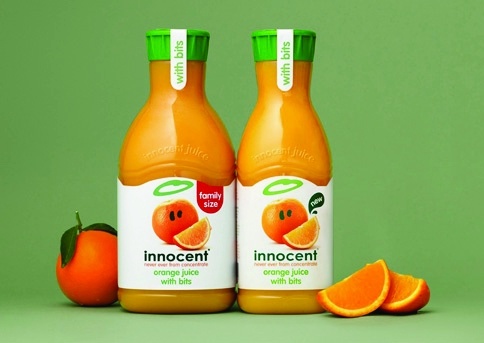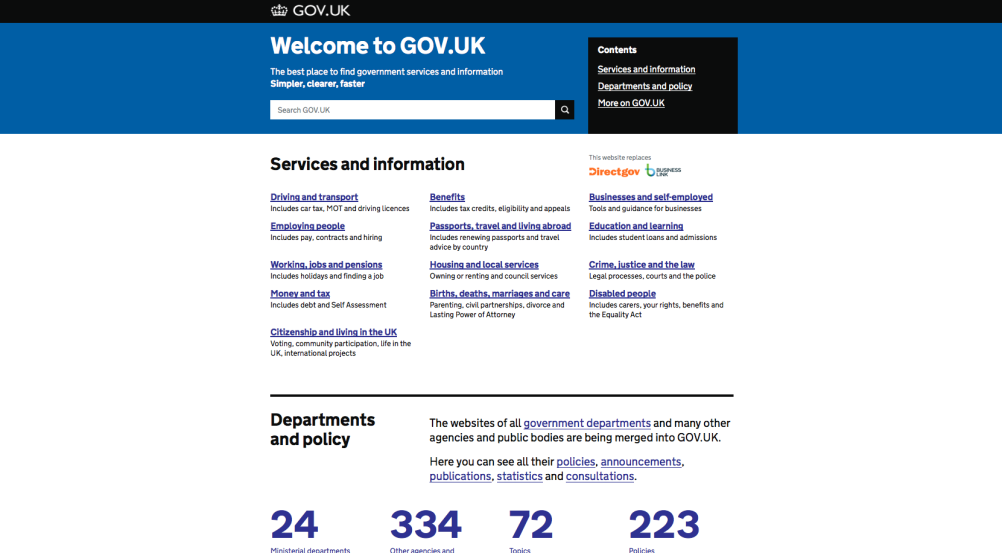The age of the word
The last ten years have been dramatic ones for writers in design. The role of language, and attitudes towards writers and writing, have been completely transformed.

When I went freelance in late 2002, most consultancies (with notable exceptions) saw my role essentially as turning fake Latin into real English. You did the spelling and grammar bit.
‘Copy was barely questioned by the design practices who flowed it into layouts,’ recalls Simon Manchipp, co-founder of design group SomeOne – adding archly that designers ‘secretly hoped no one would read it’.
John Simmons, co-founder of influential writers’ association 26, agrees. ‘Ten years ago the writer was brought in (if at all) at the last minute. Now it’s much more likely that a writer will be an integral part of the creative team on a project.’
26 is ten years old this September. Looking back, one can see its formation as part of a wider upsurge in recognition for language. A few years earlier, in 1999, D&AD had introduced the Writing for Design category. In the same year, Innocent Drinks burst into life – writer Dan Germain transforming every little bottle into a megaphone for the brand. The impact of that achievement reverberates through writing briefs and workshops even now.

Since then, terms like ‘tone of voice’ and ‘brand language’ have become commonplace. Writing has gone ‘upstream’, becoming part of the strategic work of creating and refreshing brands.
Demand for that strategic work has also exploded over the decade, of course. ‘The rise of the words has come in parallel with the focus on strategy,’ says Richard Weston, Head of Strategic Design at Thought Collective and blogger at AceJet170.
Thinking deeply about what brands mean, and how to communicate them, leads inevitably to language. Writers often become ‘strategists’ by default. Increasingly, my first task with a client is to help them define, or redefine, what their brand is all about. Language is uniquely powerful both for crystallising ideas internally and communicating them externally – that’s what we all use it for, after all.
Another critical development has been the explosion of digital and social media. Brands have entirely new communication channels – and they depend on words. Simon Manchipp points to the 2013 D&AD Black Pencil for Gov.uk’s copy: ‘The tides of digital channels are pushing content to the top of the charts,’ he says.

With so much ‘content’ (ugh) about, only fresh, powerful writing can hope to cut through. As designer and Creative Review columnist Daniel Benneworth-Gray says: ‘Everyone’s a writer now. The pros have to be really good to stand out. It’s broadened the wheat/chaff spectrum.’
So where are we now? The battle to win broad recognition for writing is largely won, acknowledges fellow copywriter Nick Asbury. Now, he says, ‘We’re on the more complex territory of getting people to separate good writing from bad.’ Many clients, Asbury feels, still ‘treat writing as a cosmetic exercise in projecting the right tone, rather than a more fundamental exercise about working out what they should be saying’.
That’s doubtless true, but one has to celebrate the triumph of writing in recent years. Naturally, I’m delighted. For me, it’s produced a workload so hefty that I’ve just abandoned my freelancer’s home desk to set up a central London office, with my first ever employee. I wouldn’t have dared make such a move even three or four years ago.
But it’s great news for designers and clients too. Language (wielded intelligently) gives them an immensely powerful new tool for understanding, clarifying and communicating brands. The next ten years will be fascinating indeed.
Mike Reed is founder of Reed Words.





Well said, Mike, and true of my experience too.
The big breakthrough came last year when a design brief went out, and I got a call as writing was so integral to the work – from describing each idea to separating each idea and demonstrating how the thinking would connect with its audience.
This is long overdue, and most welcome.
That said, there are still quite a few designers who will automatically ask ‘can’t you cut it?’ for even the tiniest amount of copy.
My reply: first a growl and then damnation by flattery with ‘but I heard you were great at typesetting’. 😉